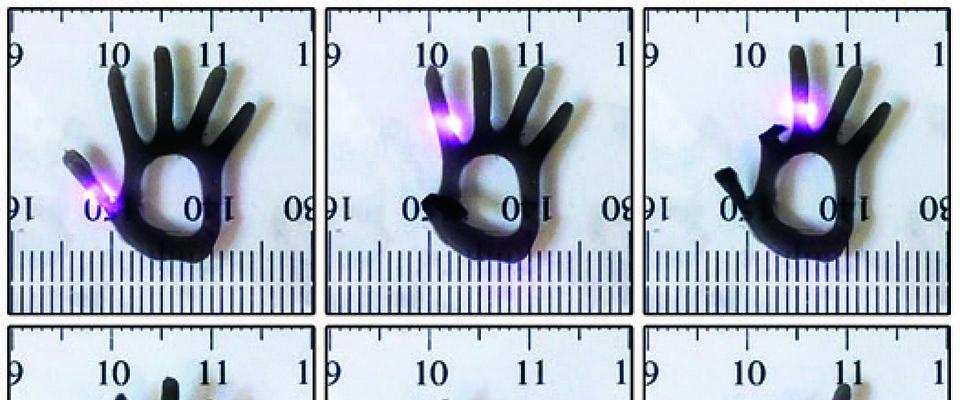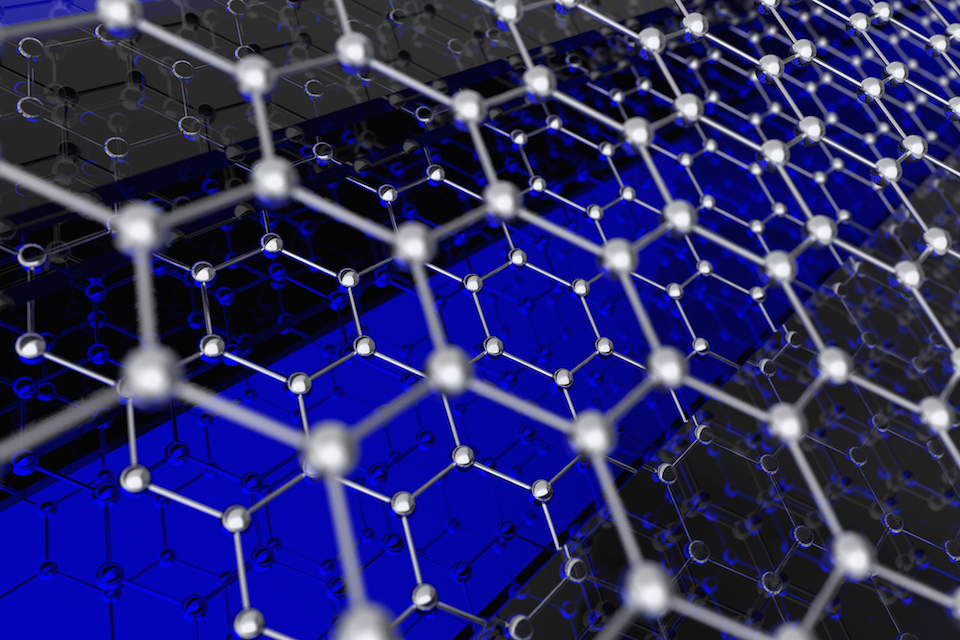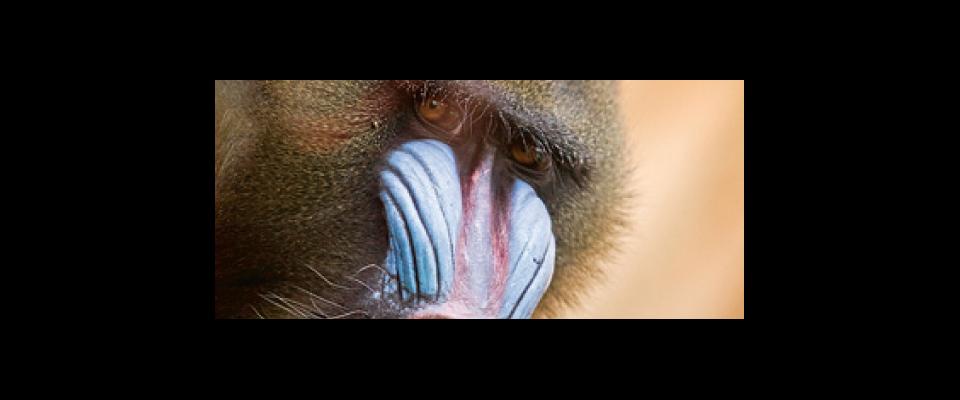Researchers create a gel that moves in response to light.
Fans of vintage science fiction will fondly recall The Blob, the 1950s flick starring a young Steve McQueen and a rapacious pile of alien goop that was irresistibly drawn to teenaged human flesh.
Berkeley engineers have concocted an analogue of sorts. Rest easy, though; it was created for good, not evil, and it moves toward light, not screeching adolescents. Associate Professor of Bioengineering Seung-Wuk Lee and bioengineering graduate students Eddie Wang and Malav Desai used artificial proteins and graphene—sheets of carbon one atom thick—to concoct their mobile “photoresponsive hydrogel.”
The graphene generates heat when it is exposed to the light, while the proteins absorb water when cool and release it when warm. Lee and his fellow researchers thus created a gel—technically, a “nanocomposite biopolymer”—that had more porosity on one side than the other. The side with greater porosity absorbed and released water more rapidly than the opposite side, allowing the gel to bend toward infrared light.
One of the most alluring properties of the hydrogel is that it can move even when implanted into living tissues. “Infrared light penetrates tissue—it isn’t absorbed,” says Lee. “So with infrared light, we can move the hydrogel around with great precision anywhere in the human body.”
This unique quality raises the possibility of some dramatic medical applications, says Lee. One possibility: The light-seeking ooze could be harnessed as a drug-delivery system. The hydrogel could be infused with, say, chemotherapy drugs, inserted into the body, then moved via infrared light to a target tumor. By adjusting the ratio of graphene to the artificial proteins in the gel and the size of the light beam, the researchers say they can precisely maneuver the gel.
Once the gel is where it’s needed, says Lee, the light source would be extinguished. This would cause the gel to cool, releasing water laced with the requisite drugs.
Another likely application for the hydrogel, he says, is tissue repair: It could literally fix a broken heart.
“The hydrogel could be used as a matrix,” says Lee. “You could position it in or around damaged heart tissue or blood vessels, and it could serve as a sort of scaffolding for the growth of healthy tissue.”





















